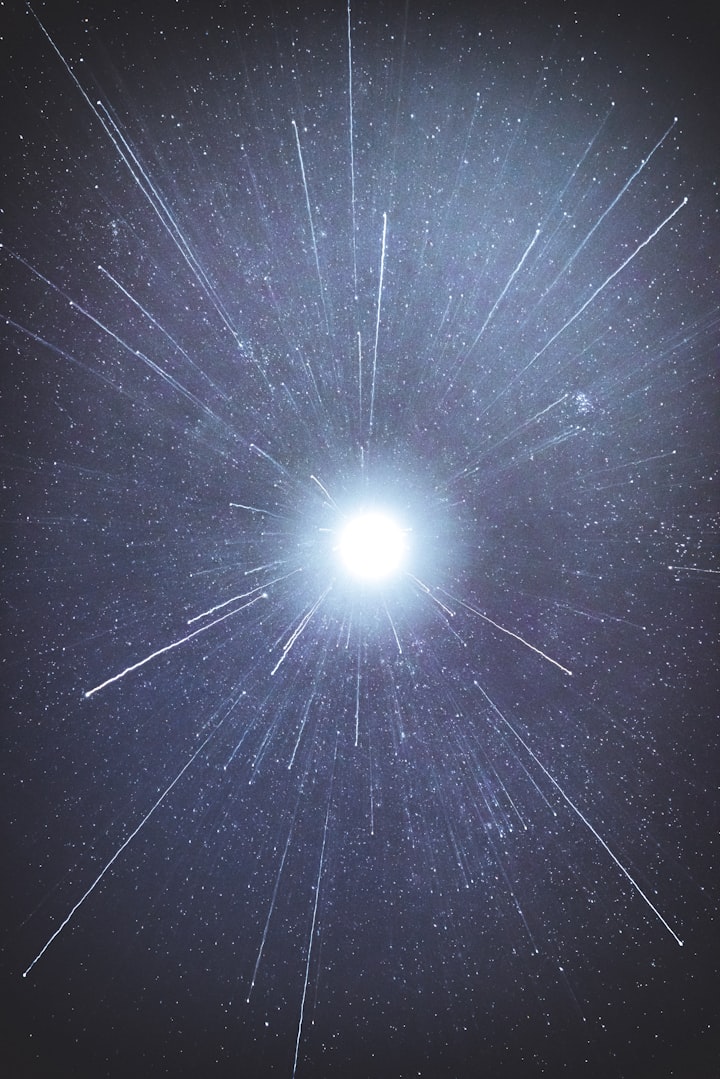Unveiling the Enigmatic World of Polarized Light and Sugar Water
Understanding of optics

Introduction:
A fascinating experiment involving polarized light and sugar water has intrigued scientists and enthusiasts alike, revealing intriguing phenomena that challenge our understanding of optics. This experiment not only raises questions about the behavior of light but also provides insights into the properties of sugar molecules and the mysteries of color separation. In this article, we will explore the setup, the unexpected outcomes, and the underlying scientific principles that govern this captivating experiment.
The Intriguing Setup:
The experiment begins with a cylinder filled with sugar water. A beam of white light passes through a linearly polarizing filter before entering the sugar water. The crucial characteristic of a linear polarizing filter is that it allows light waves of only one specific direction to pass through. In other words, it "filters out" light waves that do not align with its polarization direction.
At this point, an important question arises: What exactly is meant by the direction in which light waves "wiggle"? This fundamental concept underpins our understanding of the entire experiment. However, before delving deeper into this concept, let's fast forward to the intriguing outcome.
When the white light, now linearly polarized, exits the sugar water and passes through a second linear polarizing filter, something astonishing happens. Instead of witnessing the expected outcome, the experiment reveals diagonal stripes and a spectrum of colors. To understand why this occurs, we need to unravel the complexities of polarized light and its interaction with sugar water.
Understanding Polarized Light:
To comprehend the phenomenon at play, it's essential to grasp what polarized light is. Light is composed of electromagnetic waves, and when we refer to the direction in which light "wiggles," we are describing the oscillation of these waves. In this context, we consider light as propagating in one direction, say along the X-axis, with the wiggling motion occurring perpendicular to its propagation, in the Z-direction.
The Twist in Polarization:
As light traverses the sugar water, an intriguing phenomenon unfolds. The wiggling direction of the light waves becomes twisted. This twist is a key aspect of the experiment, and the crucial question to answer is why this twist occurs in the first place. Furthermore, why does the rate of twisting depend on the frequency of the light?
Chirality of Sugar Molecules:
The answer to the twisting phenomenon lies in the nature of sugar molecules. These molecules exhibit chirality, meaning they possess handedness - they are different from their mirror images. When light interacts with these chiral molecules, it gets twisted, and the extent of this twist varies depending on the light's frequency. High-frequency light, such as violet, experiences a more rapid twist, while low-frequency light, like red, twists at a slower rate.
Color Separation:
The twist imparted to light as it passes through the sugar water has profound implications. It results in the separation of light into different bands of color, with each color having its distinct wiggling direction. However, it's crucial to note that even though the colors have divergent polarization directions, the overall composition of light remains balanced with all the original colors, maintaining the appearance of white light.
When this separated light is passed through a second linear polarizing filter, the filter's orientation relative to the various colors determines which colors pass through. This selection process results in the display of a specific color, and rotating the filter changes the displayed color. This fascinating interplay of polarization, color separation, and filter orientation accounts for the mesmerizing effects observed in the experiment.
The Mystery of Diagonal Stripes:
One of the most intriguing aspects of this experiment is the appearance of diagonal stripes when viewing the cylinder from the side. This phenomenon begs the question: why do diagonal stripes form, and why does the side view differ from the top view? To unravel this mystery, we must delve deeper into the interaction of light with matter.
Light Scattering and Directional Dependence:
When light interacts with matter, it doesn't scatter indiscriminately. Instead, the direction of scattering depends on the polarization direction of the incident light. This directional dependence of scattering is a crucial factor in understanding the appearance of diagonal stripes. While it may seem that the setup should exhibit symmetry from top to bottom, the interplay between scattering and polarization direction creates the unique diagonal stripe pattern.
Conclusion:
The experiment involving polarized light and sugar water is a captivating journey into the world of optics, polarization, and the intricate behavior of light. It challenges our intuitions about how light interacts with matter, highlighting the importance of chirality in shaping the twisting of light waves. Furthermore, it underscores the role of polarization filters and the intricate interplay that leads to color separation and mesmerizing visual effects. This experiment serves as a testament to the beauty and complexity of the natural world, where even the simplest setups can unveil profound insights into the fundamental nature of light and matter.





Comments
There are no comments for this story
Be the first to respond and start the conversation.